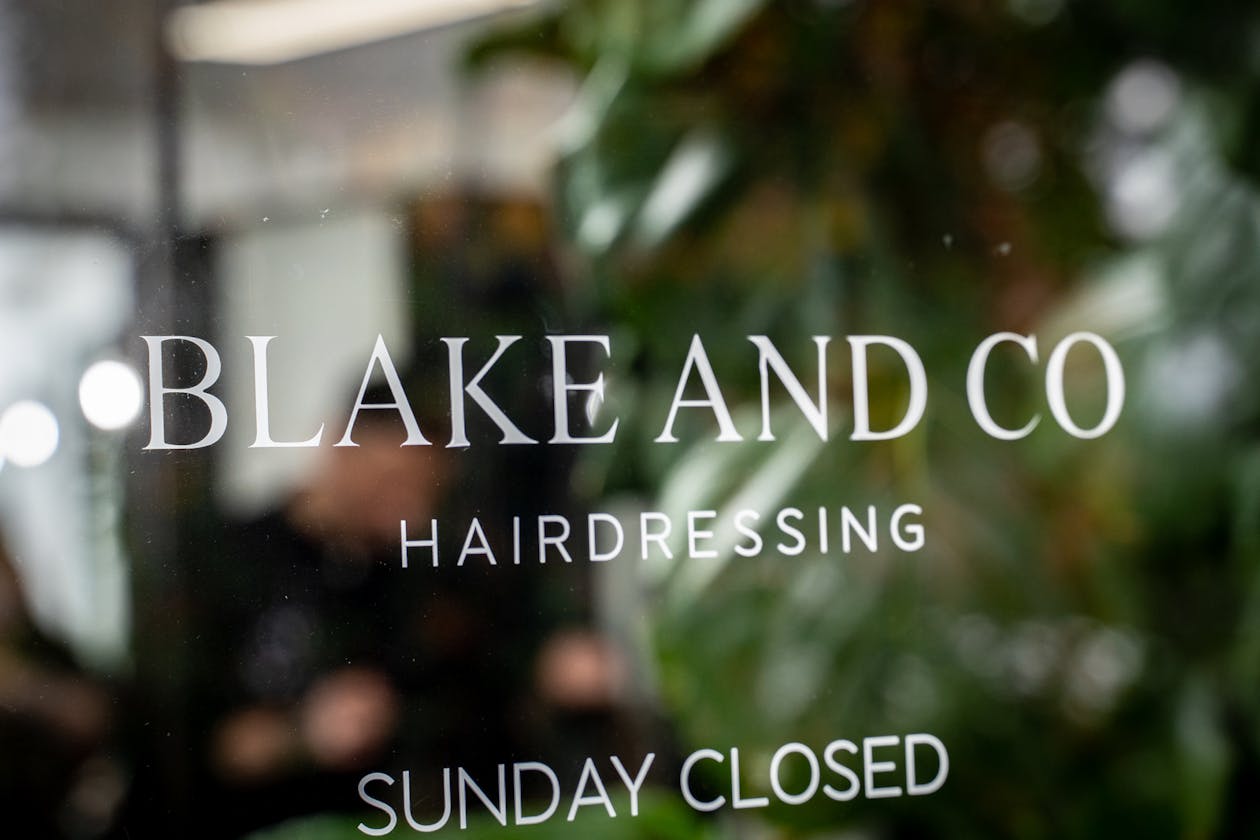
Barbers Book your barber appointment online and save
Top 20 BarbersFor more salons, check out Fresha’s list of Hair Salons.
 2/2 Beaconsfield-Emerald Road, Beaconsfield 3807(126)Overdue for a makeover? Visit the hairstyling experts at Blake & Co Hairdressing on Beaconsfield-Emerald Road for a professional cut, colour and styling.
2/2 Beaconsfield-Emerald Road, Beaconsfield 3807(126)Overdue for a makeover? Visit the hairstyling experts at Blake & Co Hairdressing on Beaconsfield-Emerald Road for a professional cut, colour and styling.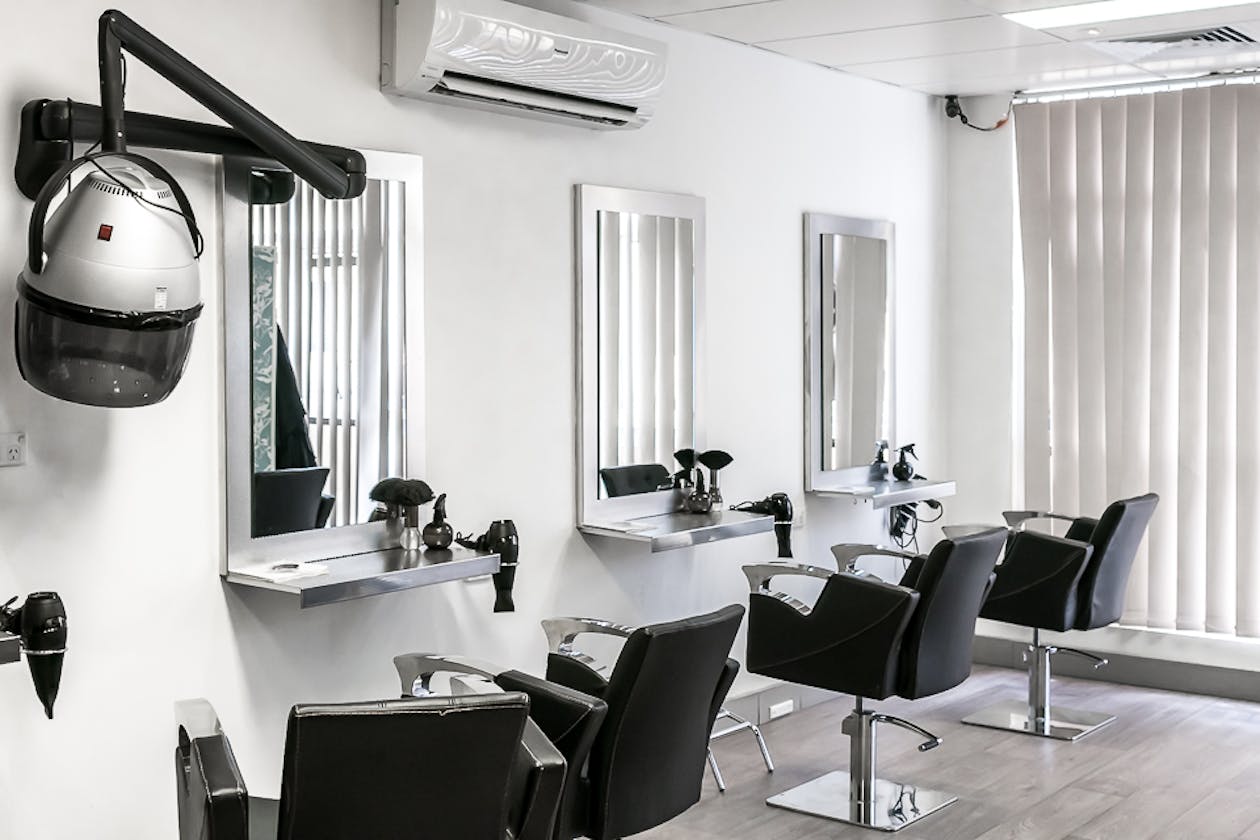
Forestville Hairdressing
Shop 2 / 11-13 The Center (Upstairs Above Michel's Patisserie), Forestville 2087(61)Forestville Hairdressing will expertly listen to your hair desires and make you look fabulous. Relax with a cut, colour and blow dry finish.
Crear by Max Hair Salon
73 Glenferrie Rd, Malvern 3144(104)Crear by Max Hair Salon is one of the most innovative hair salons in the Malvern area. The highly qualified team specialises in Korean and Japanese techniques.
Lavya Hair Design
Shop 12 Toowoomba Plaza / 878 Ruthven Street, Toowoomba City 4350(149)The Cut Ahead Hair Boutique is Toowoomba’s answer to professional hair styling for men and women at a reasonable price, offering high quality service and style to a broad clientele.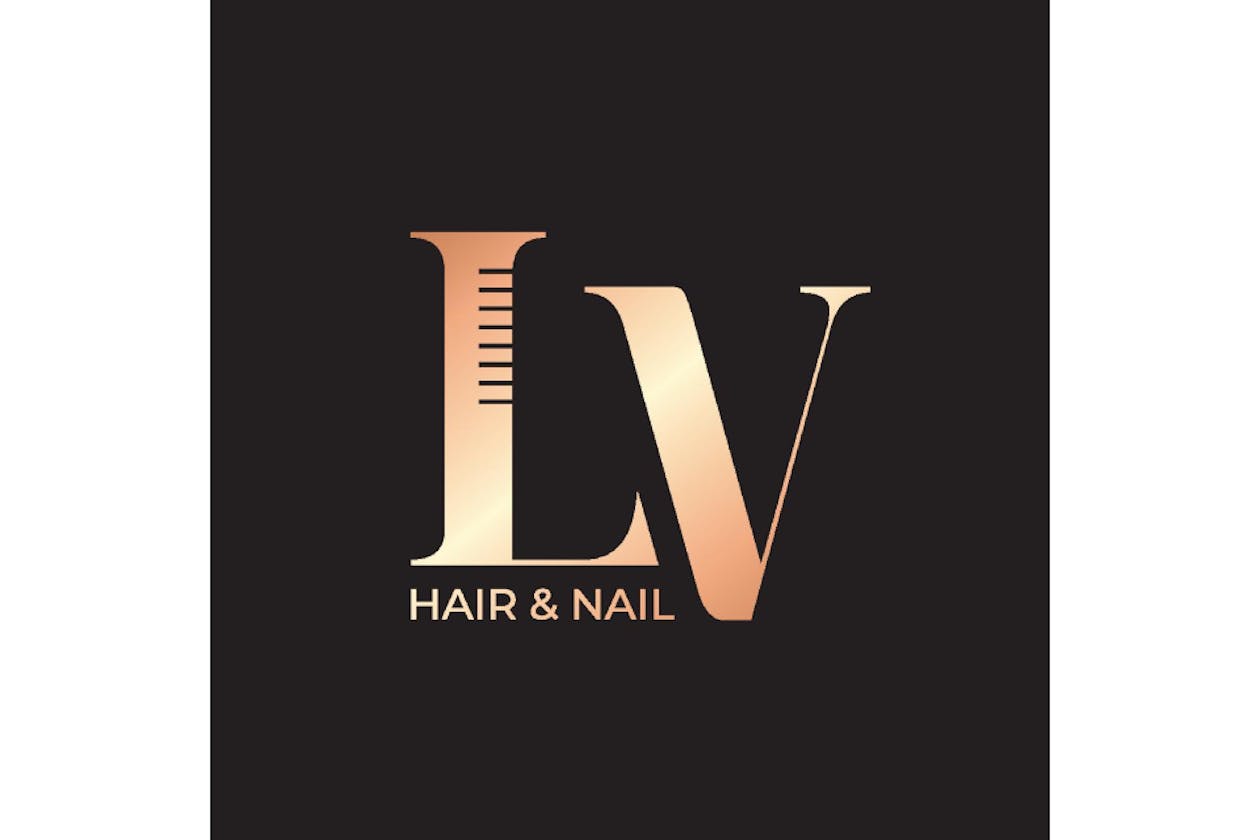
LV Hair & Nail
Shop 4, 534-542 Mount Dandenong Road (Inside Churinga Shopping Centre), Kilsyth 3137(45)Conveniently located inside Churinga Shopping Centre on Mount Dandenong Road, LV Hair & Nail can accommodate all your hair, nail and beauty needs.
Be The Man Barber
465 North Road, Ormond 3204(15)Be The Man Barber caters for men and boys’ grooming. Offering traditional barbering services plus a cosmetic nurse for dermabrasion and other treatments.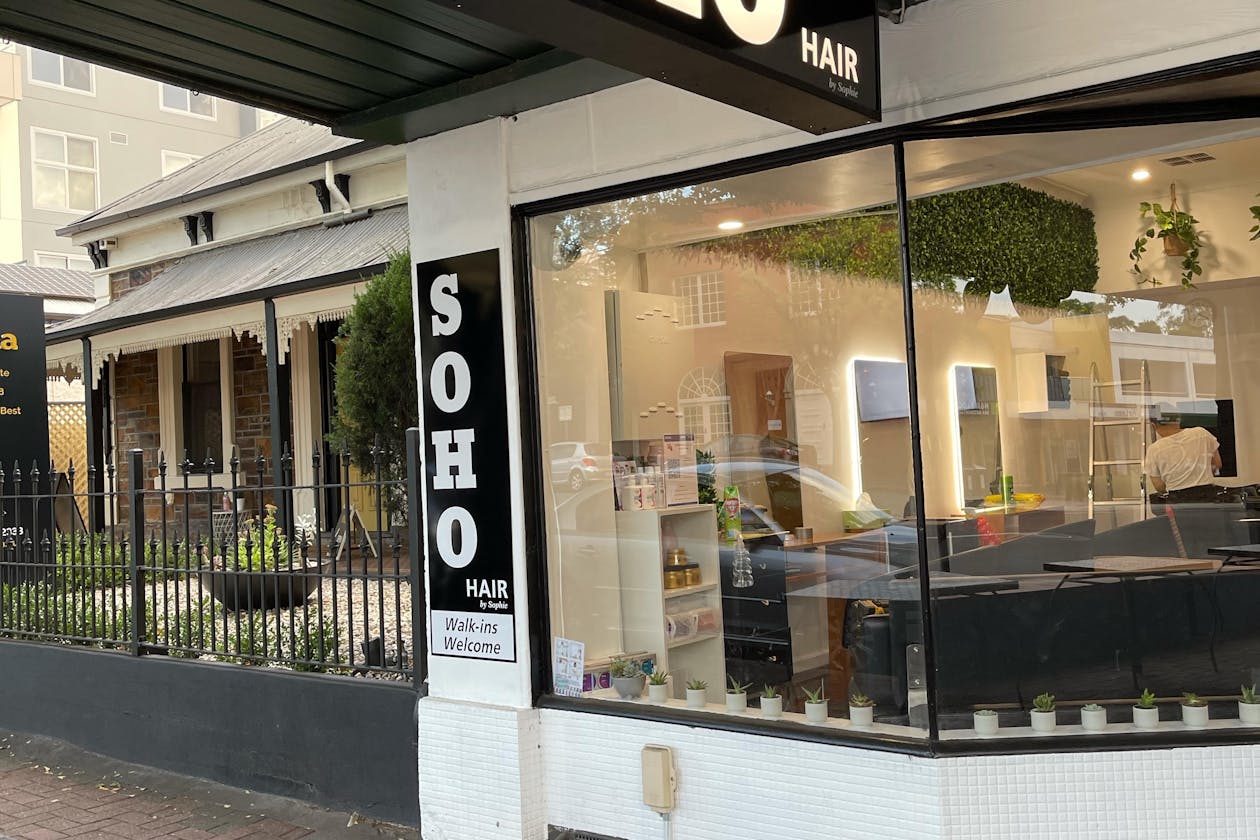
Soho Hair by Sophie
248 The Parade, Norwood 5067(57)The talented and experienced stylists at Soho Hair Design cater for all ages and styles of hair. They specialise in Japanese permanent straightening too.
Luxuria Salon
152B Springfield Road, Blackburn North 3130(1)Transform or refresh your look with Luxuria Salon. Offering everything from beautiful style cuts, to amazing colour, threading and lash and brow treatments.
The Hair Nest
11 Branton Dr, Hampton Park 3976(133)For quality hairstyling from an experienced professional in a relaxed home environment, look no further than The Hair Nest on Branton Drive in Hampton Park.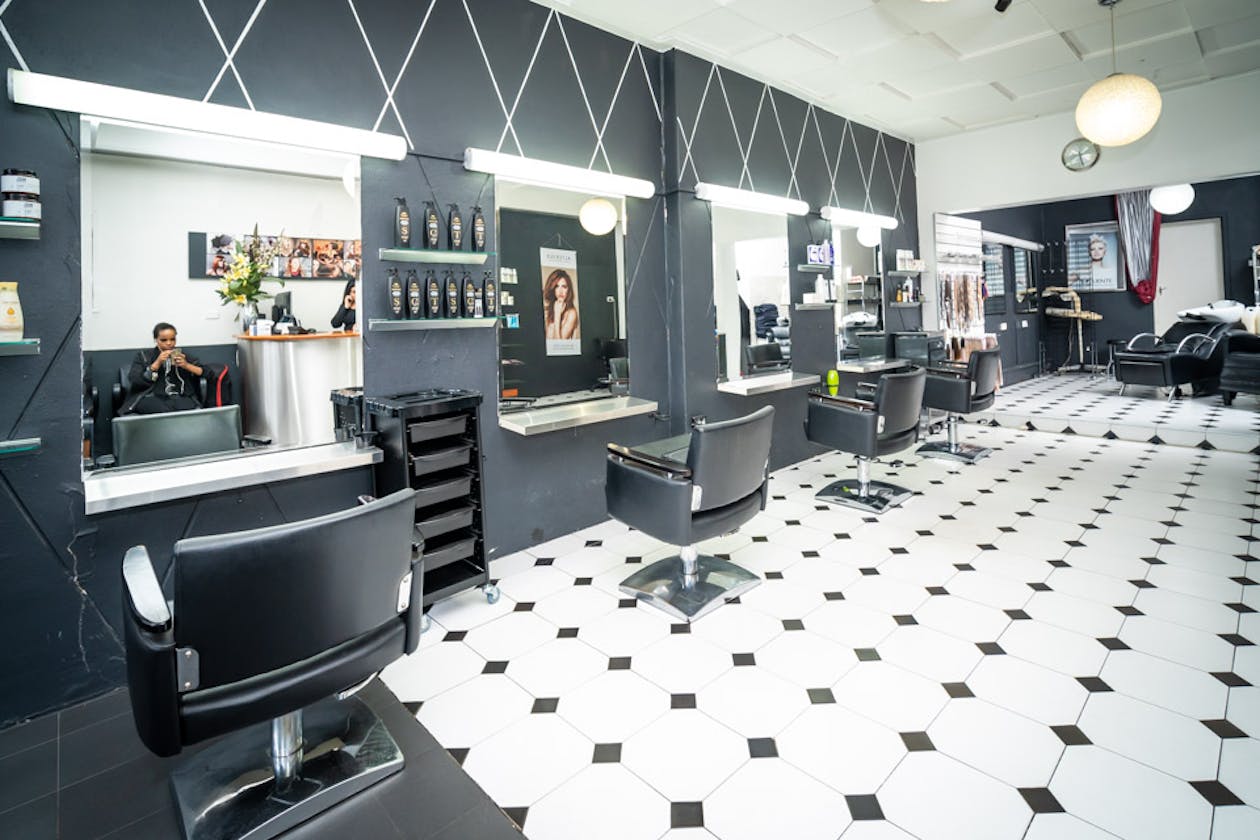
Dare II Hair Studio
95 Elgin Street, Carlton 3053(18)Dare to try a stunning new style that reflects your vibrant personality, at Dare II Hair Studio on Elgin Street in Carlton – we’ve got your hairstyling needs covered!
Dixie Rose Hair Salon
204 Bank St, South Melbourne 3205(30)The professionals at Dixie Rose Hair Salon on Bank Street in South Melbourne have been delivering industry-leading hairstyling services for 25+ years.
Lux Emporium
7-9 Linmax Court, Point Cook 3030(90)Lux Emporium on Linmax Court in Point Cook has got all your hairstyling, grooming, and beauty needs covered – book online and experience that Lux feeling today.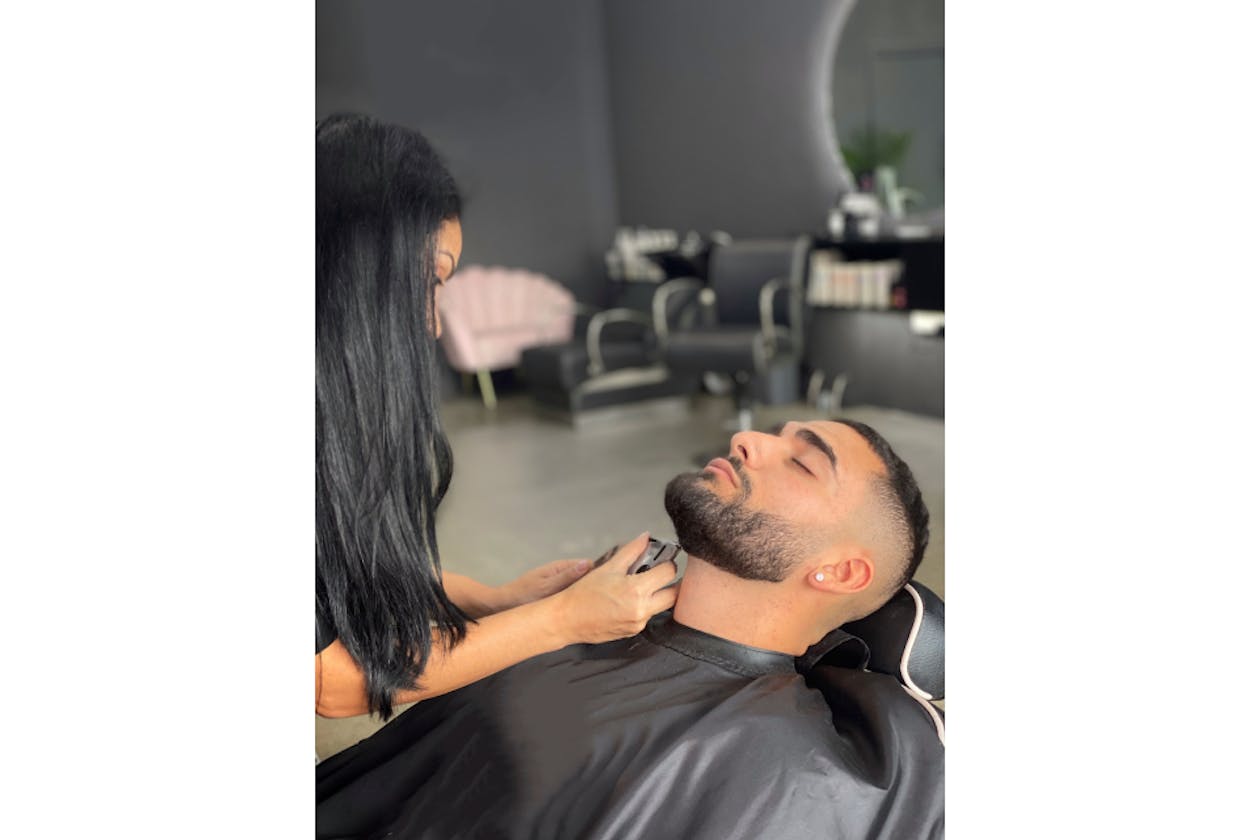
Laure Barber
415 High Street (located in Essence Hair and Barber), Northcote 3070(199)Overdue for a barber cut? Treat yourself to a luxurious hairstyling appointment with Laure Barber, inside Essence Hair & Barber on Northcote’s High Street.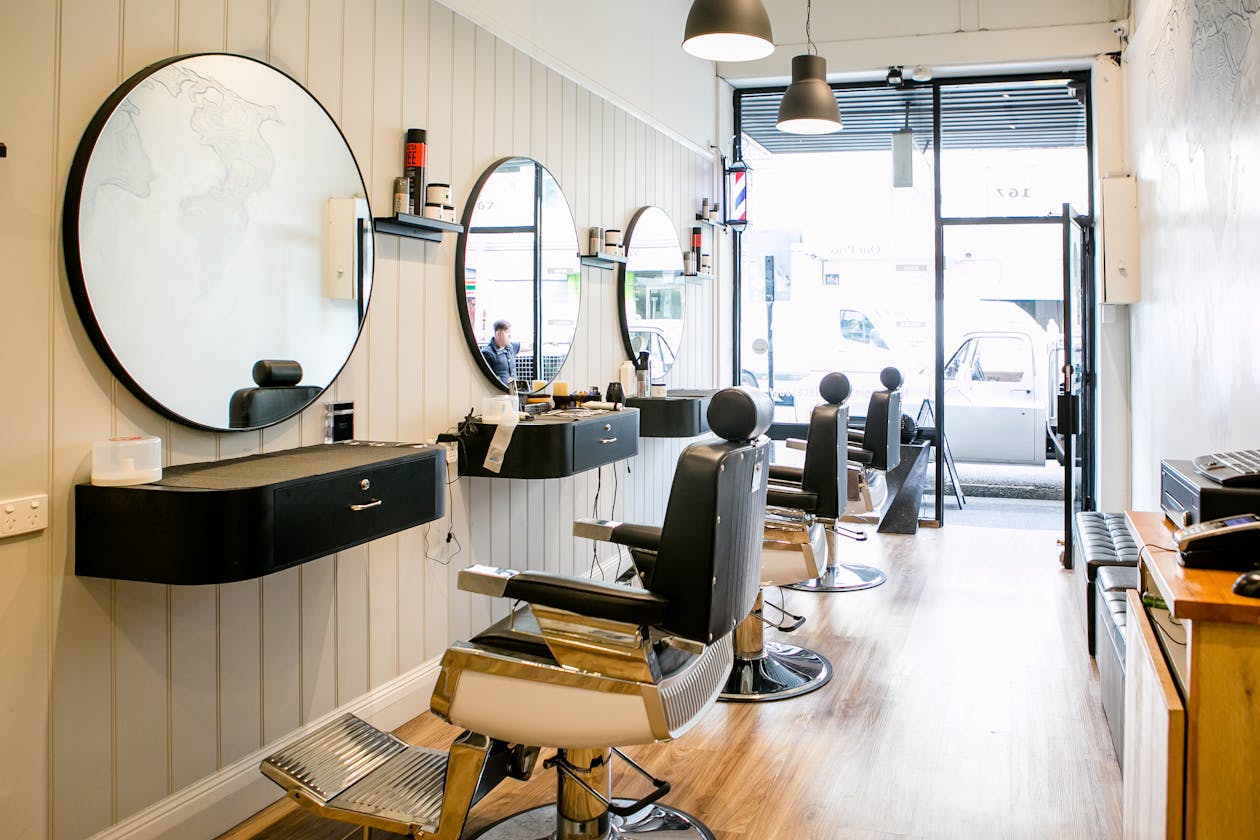
R and A Hair Workshop
167 High Street, Prahran 3181(12)For professional hairdressing and barbering, visit R&A Hair Workshop. The stylish salon services men, women and children at an affordable price.
David Grooming For Man
1 Sylvander Street, Balwyn North 3104(989)David Grooming for Man & Giuseppe L, on Sylvander Street in Balwyn North, is your go-to destination for sleek cuts, shaves, colouring and detailing.
Barbers Cave
1 / 535 Highett Road, Highett 3190(9)Barbers Cave promises a modern barbershop experience. Unwind while Juliana expertly cuts, trims, and shaves your hair and beard in a comfortable studio.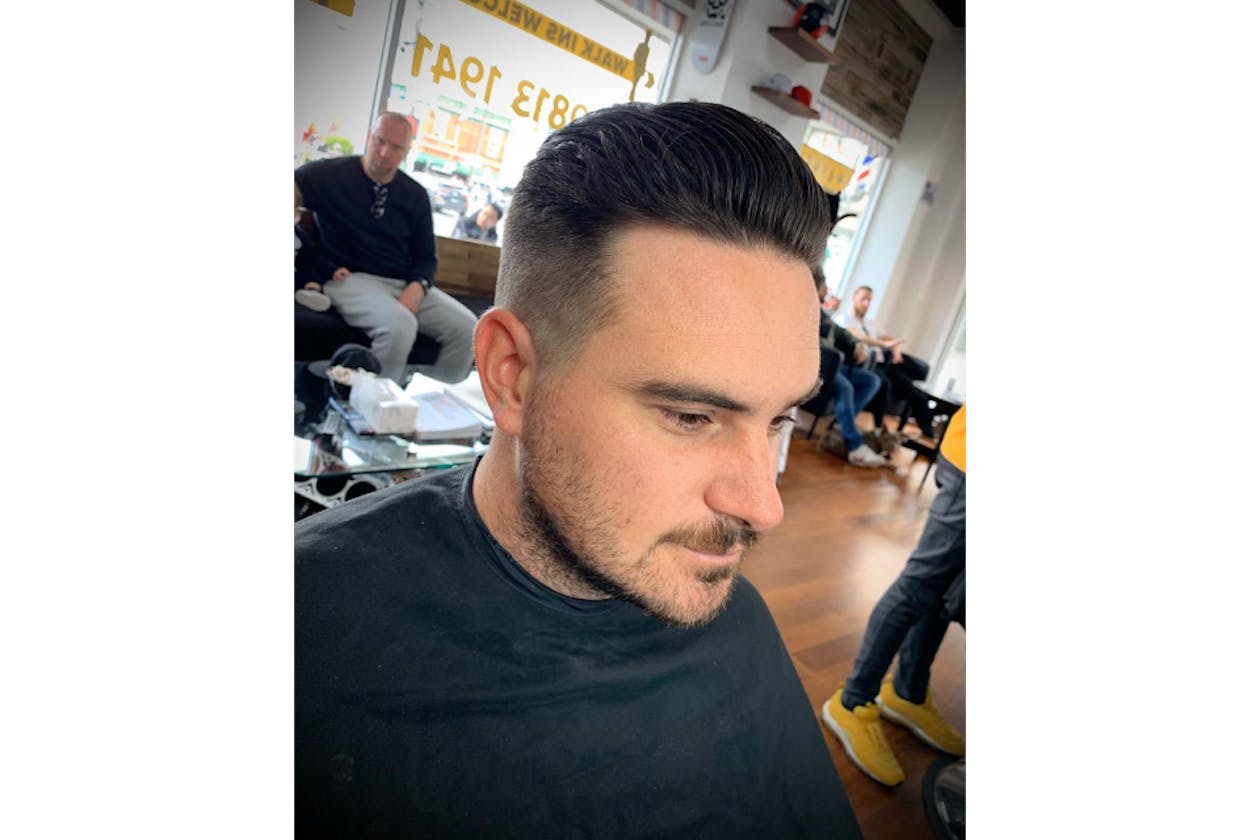
Mayhem Barbers
718 Burke Road, Camberwell 3124(184)Mayhem Barbers is a modern barbershop located in Burke Road Camberwell, offering an array of high-quality men’s grooming services.
Modern Touch Hair & Beauty
948 Centre Road, Oakleigh South 3167(14)Pamper your beauty needs with the Modern Touch Hair & Beauty. Choose from eyelash and brow treatments, waxing, threading, manicures, haircuts and colours.
Barbers and Blowaves
803 High St Thornbury, Thornbury 3071(223)Looking for a fun, laid-back salon? Sit back and enjoy your next haircut or fade with Barbers and Blow Waves. They also offer beard cuts and threading services.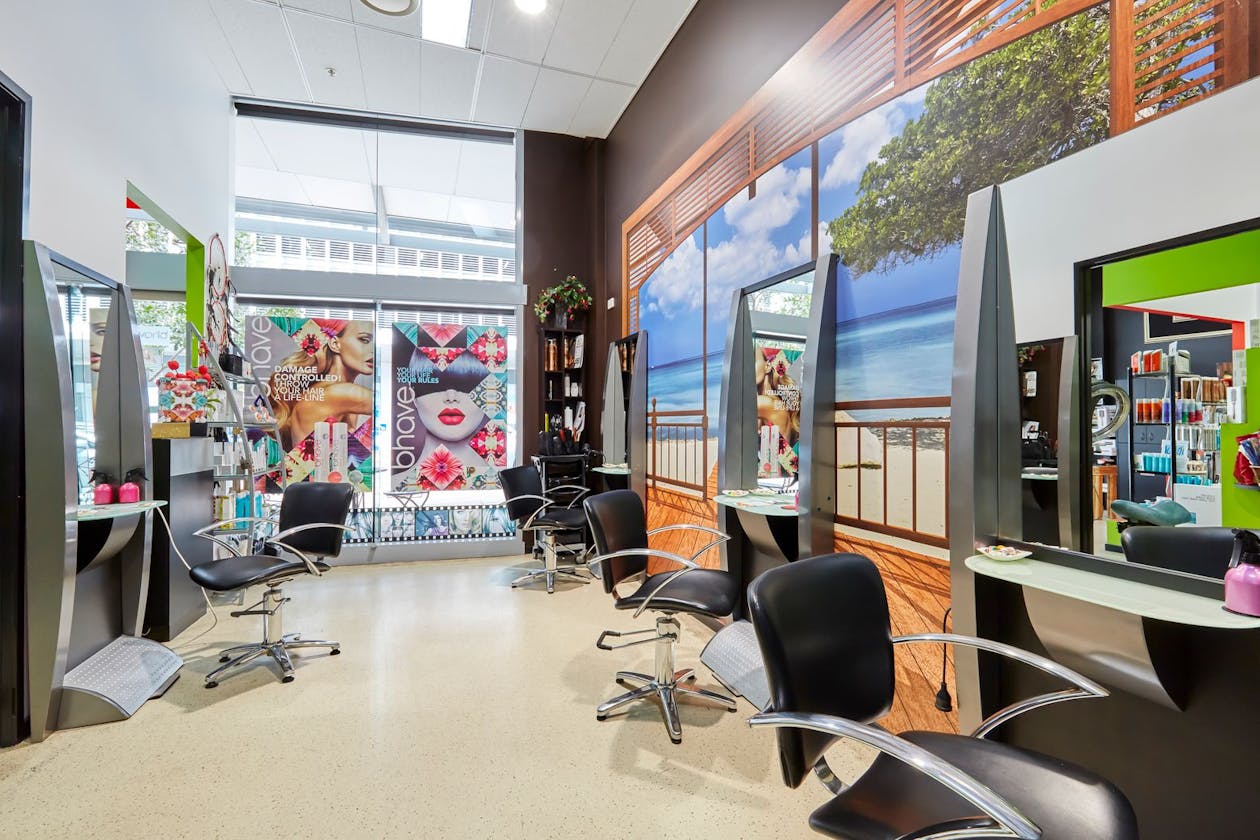
Salon VIP Hair & Beauty
420 / 1 Como Crescent, Southport 4215(10)Salon VIP Hair & Beauty treat all clients as a VIP! Book in for haircut, colour, blow wave, perm, or hair extensions and leave feeling beautiful.
Barber Shops
The barber pole – the twist of red, white and blue outside most traditional barbershops -- allude to their bloody beginnings. The barber has been around for over 5,000 years but he has not always been the man responsible for your fresh fade or that soothing hot lather rinse.
Way back when, barbers moonlighted as dentists or even performed minor surgeries. If you were in possession of sharp blades, you were expected to multi-task. Think Sweeney Todd was just a musical? Think again.
The colours on the barber pole – red and white, signify blood and bandages. The blue is said to represent veins. Thankfully, the event of hospitals (and occupational health and safety) means that the only thing that man wielding the razor near your head is going to give you is a clean shave.
Barbers vs. Hair Stylists
The word “barber” derives from the Latin word “beard”. Barbers are traditionally men, and so are their clients. In comparison to the barbers’ bloody beginnings, hair stylists date back to the Elizabethan era. They provided hair services to women, and the only severing that they go to do was working with complex wigs.
Given the rise of the upscale barbershop in the recent years, the distinction between the two haircutters is a little vague. However, barbers are typically trained to cut shorter, more traditional haircuts for men. If you want something like a side swept brush up, and colour? See your hair stylist. They generally have more experience cutting and styling longer hair.
Barbers tend to be limited to clipper cuts, while stylists can do both scissor based cuts as well as clipper cuts. They also recommend products that can help you achieve the look you want. That being said, if you want a hot lather face shave, you can only get that at the barbershop.
Making The Cut
You’ve booked yourself with one of our amazing barbers. Now what? It’s important to learn some basic terminology so that you can get your perfect cut every time.
How Short?
Did you want an inch of the top or just half an inch off the sides? Let your barber know. If you are unsure, err on the side of caution. Cut off a bit at first, and you can always go shorter.
Taper / Fade
The terms are almost interchangeable. They mean that your hair length gradually shortens in length from the top of your head down to the nape of your neck. It is achieved with clippers with varying lengths.
Neckline
You may not be able to see it, but the person standing behind you will. There are three basic choices: blocked, rounded and tapered. A blocked neckline is a straight line across the natural neckline. It can give off the appearance of a wider neck but can quickly. You will have to touch up frequently.
A rounded neckline is similar to the blocked, minus the corners. It also requires frequent touch ups. The tapered neckline follows the natural neckline, and gradually ‘fades’. It does not require touch ups.
Side burns
Unless you’re into mutton chops, you can ask your barber to trim and thin out your sideburns.
Choose your Men’s Haircut
The Buzz Cut
Back to basics. It is a short, buzzed haircut which is also known as the military cut. There are several types of buzz cuts, defined by the blade attached to the clippers. Get a super short buzz cut (#1) or go for something longer (#4).
The Crew Cut
Similar to the buzz cut but it tapers on the side and back of the head. The top is either clipped evenly or so that the front is slightly longer than the back.
The Businessman
This is a simple taper haircut with the top left up to 2 inches long.
Caesar Cut
The top is cut to about an inch longer than the rest of your hair so you are left with a slight fringe on the forehead.
Fade Cut
This is a simple taper on the sides and the back, where the hair is clipped in such as way that it gradually ‘fades’ into the skin.
The Comb Over Fade
A variation of the fade consists of longer hair on top of the head, which is combed over into a side part or slicked back, depending on your preference. The hair on the back and the sides fades.
High and Tight
Another variation of the fade cut, it keeps the sides and back as short as you are comfortable with. The top of the hair is about an inch and a half long with blunt edges. It requires little maintenance.
The Undercut
The hair on the sides and back is clipped short with the same blade number (no taper), and the hair on top is left longer. It can be swept, slicked and style. It can be as dramatic or subtle as you like, depending on contrast between your sides and the top.
Book Barbers in your city
- Adelaide
- Ballarat
- Bathurst
- Bendigo
- Blue Mountains
- Brisbane
- Bunbury
- Burnie
- Cairns
- Canberra
- Central Coast
- Colac
- Darwin
- Devonport
- Dubbo
- Echuca
- Geelong
- Geraldton
- Gippsland
- Gold Coast
- Goulburn
- Launceston
- Lithgow
- Mackay
- Maitland
- Mansfield
- Melbourne
- Mildura
- Mornington Peninsula
- Newcastle
- Northern NSW
- Orange
- Perth
- Regional NSW
- Regional QLD
- Regional Tasmania
- Regional VIC
- Regional WA
- Rockhampton
- Shepparton
- Sunshine Coast
- Sydney
- Tamworth
- Toowoomba
- Torquay
- Townsville
- Warrnambool
- Warwick
- Whitsundays
- Wodonga
- Wollongong